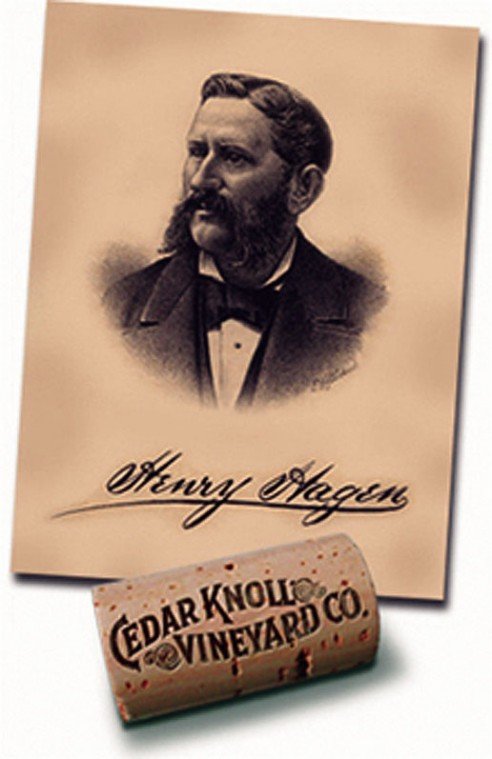Who was Isaac Todd and what did he have to do with the founding
of Gilroy?
Q: Who was Isaac Todd and what did he have to do with the founding of Gilroy?
A: When it comes to the founding of the Garlic Capitol of the World, “Isaac Todd” wasn’t a person. “Isaac Todd” was a 350-ton ship built in 1811 in Quebec, Canada. Owned by John McTavis, a partner in the British-owned Northwest Company fur trading enterprise, it was constructed for a military mission to seize Fort Astoria located at the mouth of the Columbia River. Astoria was controlled by the American-owned Pacific Fur Company and the British wanted to use the ship to eliminate the competition to expand their trade of furs with China.
The Isaac Todd sailed out of Portsmouth, England, on March 25, 1813, on its long voyage to Oregon. Among its sailors was a young Scotsman born John Cameron. For some reason that’s now uncertain, he had changed it to John Gilroy (his mother’s maiden name) to prevent recognition of his real identity. The vessel rounded the Cape Horn and proceeded along the Pacific Ocean coasts of South and North America. When it arrived in the Spanish port of Monterey, Gilroy left the ship – possibly to recover from scurvy or because he decided he no longer wanted to be a sailor. He made his way to a rancho in what’s now the South Valley, he converted to Catholicism, and became Alta California’s first non-Spanish settler. The city of Gilroy was later named after him.
As for the Isaac Todd, the vessel arrived in Astoria on April 23, 1814. The British had already taken control of the fort. On Sept. 26 of that year, the ship set sail across the Pacific and made history by initiating the Anglo-Canadian trade with China.
Q. What was Collis Potter Huntington’s connection to the city of Morgan Hill?
A. Huntington was a member of the “Big Four” railroad barons (along with Mark Hopkins, Charles Crocker and Leland Stanford). Easterners who came to California during the Gold Rush and made fortunes selling merchandise to miners, these men put their business acumen to practice by building the Central Pacific Railroad, the western portion of the first U.S. transcontinental railroad finished in 1869. Huntington later developed other lines including the Southern Pacific Railroad and the Chesapeake and Ohio Railroad.
The Southern Pacific Railroad built a line south from San Francisco to San Diego that passed through the South Valley. On land along what’s now Morgan Hill’s Depot Street, the railroad set up a stop for local ranchers and called it “Huntington” after the railroad executive.
Unfortunately for the railroad baron, passengers preferred calling the stop “Morgan Hill’s Ranch” or “Morgan Hill” after Hiram Morgan Hill. The name “Morgan Hill” stuck in the public’s mind, so the Southern Pacific officials gave in and used it to name the depot station later built at the location. Over time, a small village grew around the depot that was also called “Morgan Hill.” It was incorporated as a city in 1906.
Huntington did get a town named after him. It’s a planned community in West Virginia and is now the second largest city in that state. The Southern California city of Huntington Beach is named after Huntington’s nephew Henry Huntington.
Q. Why was Henry Hagen important in Hollister’s history?
A. In November 1858, the San Justo Homestead Association, a group of landowners organized by William Welles Hollister, decided to establish a farming community to draw settlers to the area and thus sell land for tidy profits. They first chose to christen their new town with the name “San Justo” after their association.
One association member, however, vehemently protested this designation. A German immigrant, the feisty Henry Hagen had come to California in 1852 to get rich in the Gold Rush.
Hagen contended that California already had too many towns named in Spanish for Catholic saints. He told the group that their new town should be called something with a much more Anglo tone. With this reasoning, the association members reconsidered their intial decision and chose to name their community “Hollister” after their leader.
Hagen later moved to the Napa region where he founded the Cedar Knoll Winery in 1881. Here, he helped to pioneer Napa’s wine industry by bringing attention to the region with his fine wines. One of his premium vintages won a prestigious silver medal at the Paris Exposition of 1889. He died in San Francisco on March 8, 1895. His historic winery is now run as Palmaz Vi************@***il.com.













